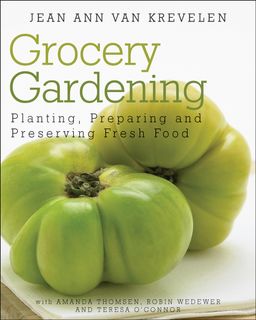But as Doug explains," A winter plant here has to have the substance to survive our shallow, limestone soils, the high winds out here in Lake Ontario and the mind-numbing winter cold. This is not a garden for cosseted Southern belles but rather the hardy souls of our garden world."
Take apple trees, for instance. "My old orchard, unpruned for many years before we purchased the property, gives amazing contours and shapes when snow invariably flies," he says. "I love wandering around in the orchard and indeed right outside the back door, where the biggest and oldest specimen lives."
"Sumacs (Rhus) are notorious spreaders and have totally invaded what used to be a nice little patio garden down at the water's edge," Doug explains. "I'm reclaiming this area for a garden, by slowly whacking them back. But a soft snowfall reminds me why I plan on leaving just a few."
"There's no doubt that cedars (Thuja occidentalis) form the hardy backbone on our shallow cliff edge leading down to the water," he says. "They hold the bank in place, tenaciously winding the limestone shale subsoil into a firm mat, and I hate to lose even one of them. They too give us some measure of shape and substance to our winter view, and are not to be denied their place in our garden."
"Call it the last gasp of winter or the first warnings of spring," adds Doug. "But I'll never have a garden without hellebore. When this plant finally springs to bloom from its roots (it's not evergreen here), you know the frost is out of the ground and spring can't be far behind."
There's More! Our next stop is North Carolina. The winters are certainly milder there, but the winter garden excitement is just as hot. Don't miss part four of this series, coming soon.












No comments:
Post a Comment